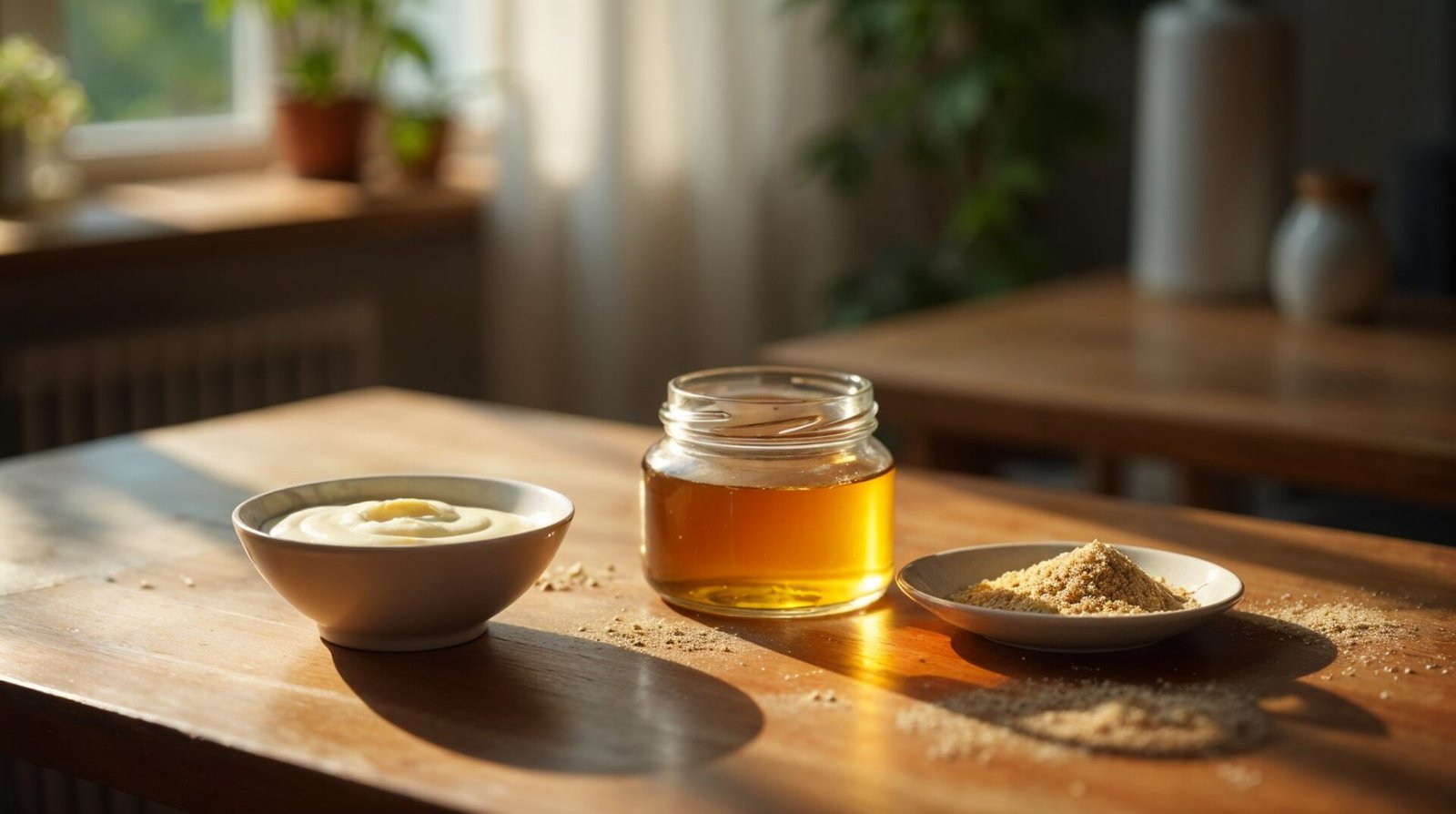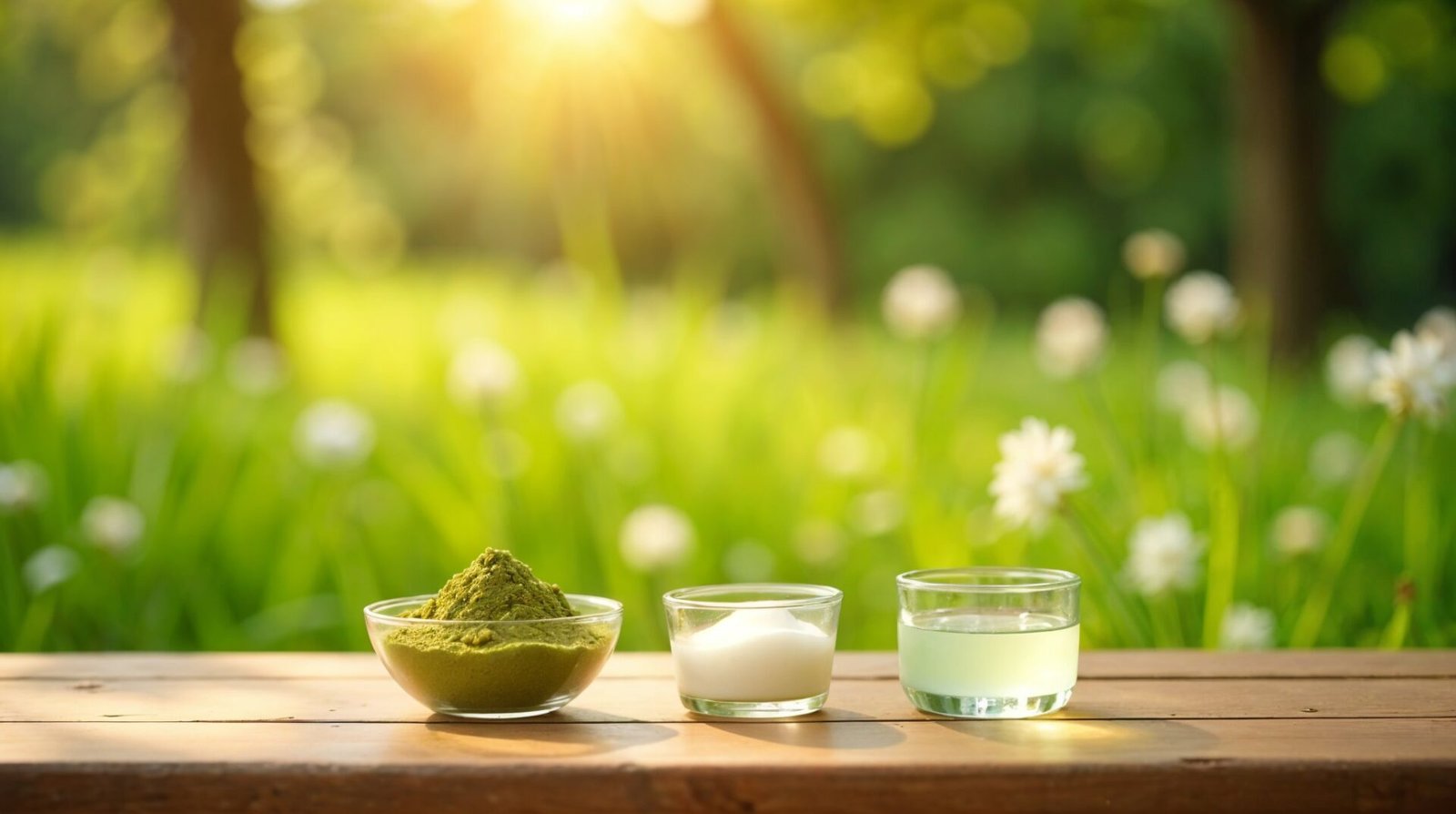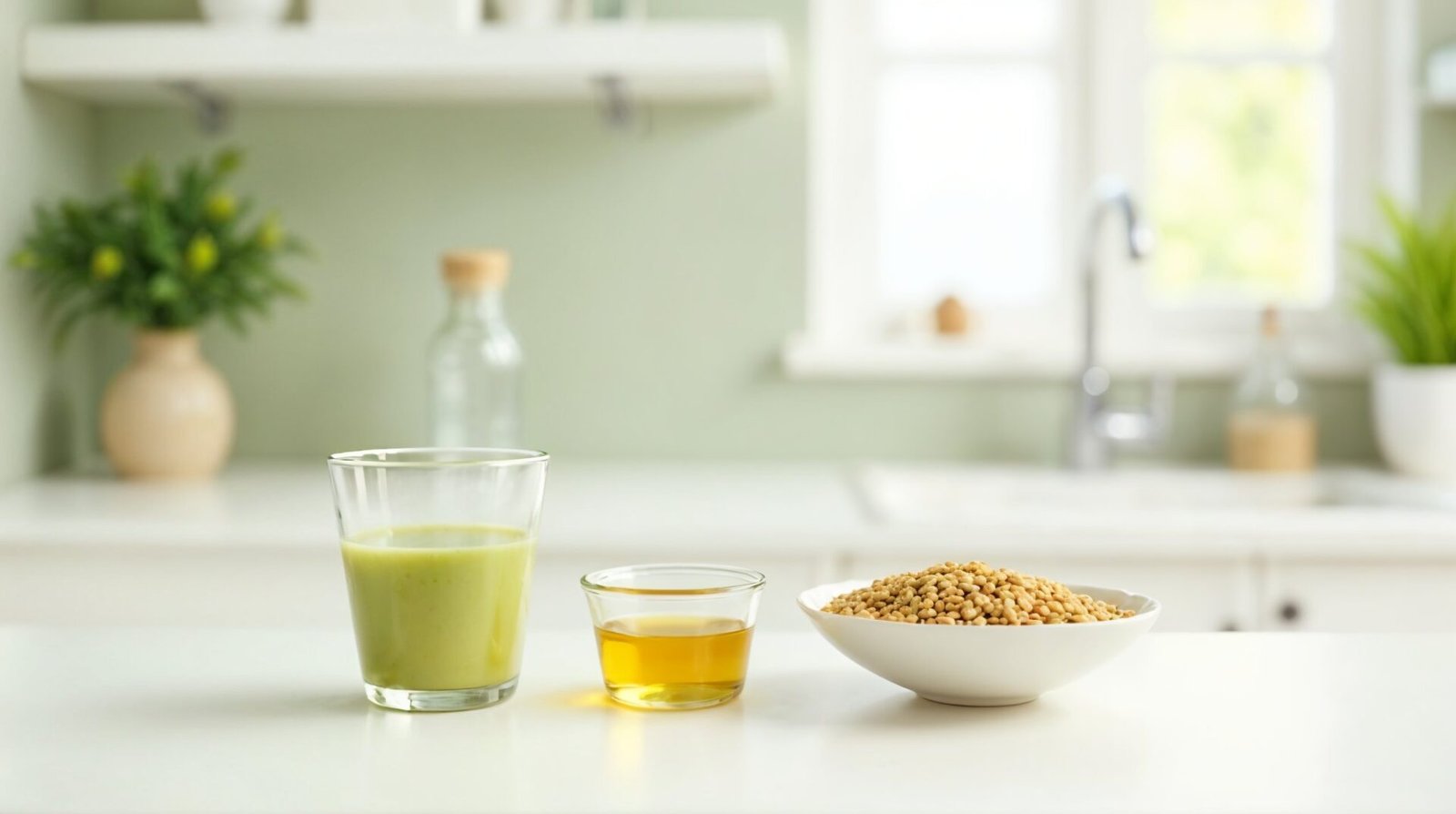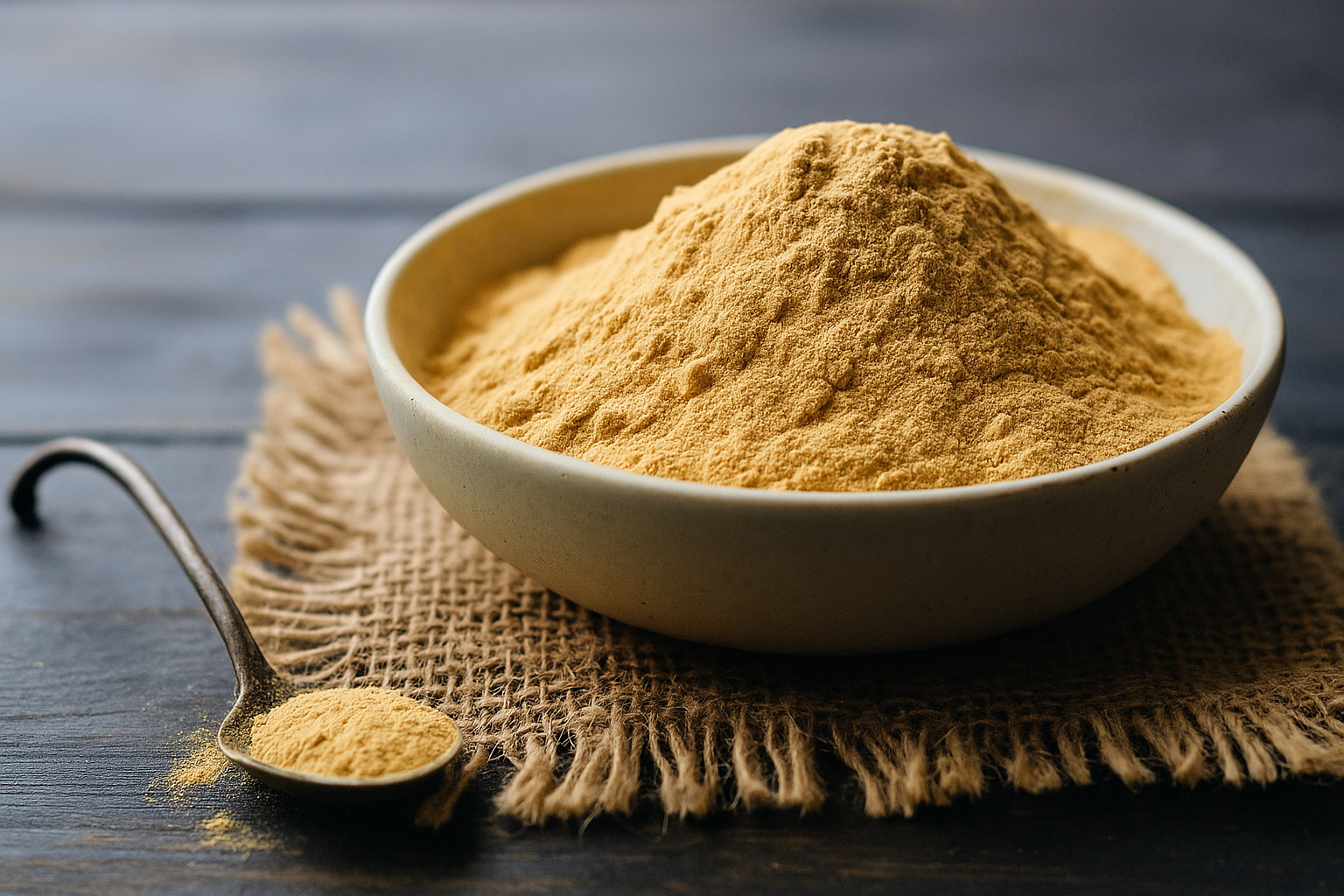In an era where synthetic beauty products dominate store shelves, a humble green fruit from India is quietly revolutionizing natural skincare and haircare routines across the globe. Indian Gooseberry, commonly known as Amla or Emblica officinalis, has been treasured in Ayurvedic beauty rituals for over 5,000 years but is only now capturing the attention of Western beauty enthusiasts and dermatologists alike. With collagen-boosting properties that outperform many expensive serums and vitamin C content that dwarfs that of oranges, amla is emerging as nature’s answer to radiant skin and lustrous hair. This unassuming superfruit is proving that sometimes the most transformative beauty solutions come from ancient wisdom rather than modern laboratories.
What Is Indian Gooseberry – Amla?
The Botanical Wonder
Amla is the fruit of the Emblica officinalis tree, native to India and Southeast Asia. The light green fruits are small and round with a distinct sour, bitter, and astringent taste. Unlike beauty ingredients created in labs, amla delivers its remarkable skincare benefits through a complex natural matrix of nutrients that work synergistically to enhance both internal and external beauty.
Historical Significance in Beauty Rituals
Throughout history, amla has been revered not just for health but specifically for beauty enhancement. Ancient Sanskrit texts refer to it as “Dhatri” (the nurse) and praise its ability to:
- Maintain youthful skin appearance.
- Prevent premature graying of hair.
- Strengthen hair follicles.
- Purify the blood for a clearer complexion.
- Balance skin’s natural oils.
Indian royalty and nobility often included amla in their daily beauty regimens, using it in face masks, hair oils, and bathing rituals to maintain their renowned beauty well into old age.
The Science Behind Amla’s Beauty Benefits
Collagen Production Powerhouse
Collagen, the protein responsible for skin’s elasticity and strength, naturally declines with age. Amla’s exceptional vitamin C content makes it one of nature’s most potent collagen boosters:
- Vitamin C concentration: 600-700 mg per 100g (20 times more than oranges)
- Stability advantage: Amla’s vitamin C is naturally stabilized by tannins, making it more bioavailable and less prone to oxidation than synthetic forms.
- Enhanced production: Research in the Journal of Cosmetic Dermatology demonstrates that amla extract increases collagen synthesis by up to 40% in human fibroblast cells.
A 2021 clinical study published in the International Journal of Dermatology found that participants using amla-based skincare products showed a 27% increase in skin firmness and elasticity after 12 weeks compared to control groups.
Anti-Aging and Skin Protection Matrix
Amla’s beauty benefits extend beyond collagen production. Its comprehensive antioxidant profile provides multi-level skin protection:
- Free radical neutralization: Amla’s polyphenols neutralize skin-damaging free radicals from UV exposure and pollution.
- Inflammation reduction: Its gallic acid content reduces skin redness and irritation by inhibiting inflammatory cytokines.
- Sun damage protection: Studies show amla extract can reduce UV-induced skin damage by up to 30%.
- Melanin regulation: Helps prevent hyperpigmentation and promotes even skin tone.
- Skin cell renewal: Enhances natural exfoliation processes for fresher-looking skin.
Hair Transformation Effects
Amla’s reputation as a hair care miracle isn’t just folklore—modern research confirms its effectiveness:
- Scalp circulation: Polyphenols in amla improve blood flow to hair follicles, enhancing nutrient delivery.
- Hair protein protection: Tannins bind to hair proteins, strengthening the shaft and preventing breakage.
- Follicle regeneration: Studies show amla can extend the anagen (growth) phase of hair follicles by up to 29%.
- Premature graying prevention: Its copper content helps maintain melanin production in hair follicles.
- Sebum regulation: Normalizes oil production on the scalp, helping both dry and oily hair types.
Modern Beauty Applications
Skincare Innovations
The beauty industry has begun incorporating amla into various formulations:
Anti-Aging Products
- Serums: High-concentration amla extracts target fine lines and wrinkles.
- Night creams: Combine amla with peptides for overnight skin renewal.
- Eye treatments: Reduce under-eye circles and puffiness.
- Sheet masks: Deliver concentrated amla benefits in single treatments.
- Facial oils: Blend amla with carrier oils for intensive repair.
Skin Brightening Solutions
- Exfoliating treatments: Amla’s natural AHAs gently remove dead skin cells.
- Spot correctors: Target hyperpigmentation and dark spots.
- Illuminating moisturizers: Provide all-day glow and protection.
- Vitamin C boosters: Stabilized amla extract enhances other skincare ingredients.
Acne and Problem Skin Treatments
- Clarifying toners: Balance skin pH and reduce bacterial growth.
- Oil-control products: Regulate sebum production without over-drying.
- Healing masks: Reduce inflammation and speed blemish recovery.
- Sensitive skin formulations: Provide gentle yet effective treatment.
Haircare Revolution
Amla’s traditional use in hair care has inspired modern product innovations:
Growth-Promoting Treatments
- Scalp serums: Target the follicle with concentrated amla extracts.
- Growth-stimulating shampoos: Clean while delivering active ingredients.
- Leave-in treatments: Provide continuous benefits throughout the day.
- Overnight hair masks: Repair and regenerate during sleep.
Anti-Breakage and Strengthening
- Protein-rich conditioners: Reinforce hair structure with amla proteins.
- Bond-building treatments: Repair damaged disulfide bonds in hair.
- Protective styling sprays: Shield hair from heat and environmental damage.
- Split end remedies: Temporarily seal and repair damaged ends.
Natural Color Enhancement
- Gradual darkening treatments: Naturally deepen hair color over time.
- Henna boosters: Enhance henna’s color-depositing properties.
- Color-protecting formulas: Prevent fading in dyed hair.
- Shine-enhancing rinses: Improve light reflection for more vibrant color.
DIY Beauty Applications
At-Home Skin Treatments
Create your own amla beauty treatments with these simple recipes:
Brightening Face Mask
Ingredients:
- 1 tablespoon amla powder
- 1 teaspoon honey
- 1 teaspoon yogurt

Instructions:
- Mix all ingredients to form a smooth paste
- Apply evenly to clean face and neck
- Leave on for 15-20 minutes
- Rinse with lukewarm water
- Apply moisturizer
Benefits: Brightens skin tone, reduces dark spots, and improves texture.
Anti-Aging Facial Oil
Ingredients:
- 2 tablespoons rosehip oil
- 10 drops amla extract
- 5 drops frankincense essential oil

Instructions:
- Combine all oils in a dark glass dropper bottle
- Shake well before each use
- Apply 3-5 drops to cleansed face before bed
- Massage gently using upward motions
Benefits: Boosts collagen production, reduces fine lines, and improves elasticity.
Transformative Hair Treatments
Strengthening Hair Mask
Ingredients:
- 2 tablespoons amla powder
- 1 tablespoon coconut oil
- 1 tablespoon aloe vera gel

Instructions:
- Heat coconut oil until warm but not hot
- Mix in amla powder and aloe vera gel
- Apply from roots to tips on damp hair
- Cover with a shower cap for 30-60 minutes
- Rinse thoroughly and shampoo as usual
Benefits: Strengthens hair shaft, prevents breakage, and adds shine.
Scalp Treatment for Hair Growth
Ingredients:
- 1/4 cup amla juice
- 2 tablespoons fenugreek seeds (soaked overnight)
- 1 tablespoon castor oil

Instructions:
- Blend soaked fenugreek seeds into a paste
- Mix with amla juice and castor oil
- Apply directly to scalp with fingertips or cotton ball
- Massage gently for 5-10 minutes
- Leave on for at least 30 minutes before washing
Benefits: Stimulates follicles, improves circulation, and accelerates hair growth.
Beauty Benefits Beyond Topical Application
Inner Beauty Nutrition
Amla’s beauty benefits are amplified when used both internally and externally:
Skin-Enhancing Benefits When Consumed
- Collagen synthesis: Internal vitamin C supports body’s natural collagen production.
- Detoxification: Supports liver function for clearer skin.
- Antioxidant protection: Fights cellular damage from within.
- Blood purification: Reduces toxins that can cause skin breakouts.
- Inflammatory response: Reduces internal inflammation that contributes to skin conditions.
Hair-Nourishing Effects From Within
- Nutrient delivery: Improves blood circulation to the scalp.
- Protein utilization: Enhances body’s use of dietary proteins for hair building.
- Hormonal balance: Helps regulate hormones that affect hair health.
- Stress reduction: Adaptogens in amla help manage stress that can cause hair loss.
Beauty-Boosting Consumption Methods
- Morning elixir: 1 tablespoon amla juice in warm water with honey.
- Beauty smoothie: Amla powder blended with almond milk, banana, and spinach.
- Hair-strengthening tonic: Amla juice mixed with coconut water.
- Anti-aging tea: Dried amla steeped with green tea and lemon.
- Collagen-boosting shot: Concentrated amla extract with a pinch of black pepper.
Clinical Evidence and Expert Insights
Dermatologist Perspectives
Dermatologists recognize Indian Gooseberry (Amla) as a potent natural ingredient in skincare, particularly for its antioxidant-rich profile. Amla’s high vitamin C content plays a crucial role in collagen synthesis, which is essential for maintaining skin elasticity and reducing the appearance of fine lines and wrinkles. According to a study published in the Journal of Functional Foods, this enhanced collagen production results in firmer, more supple skin, making amla an effective element in the battle against premature aging
Additionally, amla’s antioxidant properties help protect the skin from oxidative stress and free radical damage, which are major contributors to skin aging. Regular use of amla-infused skincare products can support a youthful complexion by neutralizing these harmful molecules.
Incorporating amla into your skincare routine, whether through topical application or dietary intake, can offer significant benefits for skin health.
Comparative Studies
Research comparing amla to conventional beauty ingredients shows promising results:
| Beauty Concern | Amla Extract | Leading Synthetic Alternative | Advantage |
|---|---|---|---|
| Collagen Stimulation | 40% increase | 25–30% increase | Amla superior |
| Free Radical Protection | 65% reduction | 45% reduction | Amla superior |
| Skin Hydration | 35% improvement | 38% improvement | Comparable |
| Scalp Blood Flow | 52% increase | 22% increase | Amla superior |
| Melanin Protection | 44% preservation | 35% preservation | Amla superior |
A 2022 study published in the Journal of Cosmetic Science found that amla extract outperformed synthetic vitamin C derivatives in stability and efficacy tests, maintaining its potency longer under various storage conditions.
How to Choose Quality Amla Products
For Skincare
Look for these indicators of quality:
- Concentration: Amla should appear in the first 5-7 ingredients.
- Extraction method: Cold-pressed or supercritical CO₂ extraction preserves more active compounds.
- Complementary ingredients: Products that pair amla with hyaluronic acid, peptides, or niacinamide maximize benefits.
- pH balance: Effective amla skincare maintains a pH of 4.5-5.5.
- Packaging: Dark glass containers protect active compounds from degradation.
For Haircare
Quality amla hair products should have:
- Pure extracts: Avoid products with “fragrance” as the only indication of amla.
- Minimal silicones: These can block amla’s beneficial compounds from penetrating the hair shaft.
- Correct concentration: Look for “Phyllanthus Emblica (Amla) Fruit Extract” in the first half of ingredient lists.
- Complementary oils: Products that combine amla with coconut, brahmi, or bhringraj enhance results.
Potential Side Effects and Considerations
While generally safe for most skin and hair types, be aware of:
- Sensitivity: Some individuals may experience mild irritation due to amla’s natural acids.
- Hair color impact: Regular use may gradually darken light-colored hair.
- Product interactions: May increase sensitivity to exfoliating acids or retinol.
- pH considerations: Alters the effectiveness of highly alkaline hair products.
- Tannic properties: Can temporarily add texture to fine hair that some may interpret as dryness.
The Future of Beauty’s Best-Kept Secret
As the beauty world continues its shift toward evidence-based natural ingredients, amla stands poised to claim its rightful place among the elite superstar ingredients. Its remarkable collagen-boosting abilities, coupled with comprehensive protection and enhancement benefits for both skin and hair, make it uniquely valuable in a market saturated with single-benefit products.
For those seeking sustainable, multi-dimensional beauty solutions with historical validation and modern scientific backing, Indian gooseberry offers an unmatched profile. Whether incorporated into professional formulations or used in DIY treatments, amla delivers beauty benefits that truly work from the inside out and the outside in.
As global research continues to validate what Ayurvedic practitioners have known for millennia, expect to see this once-obscure fruit become a mainstream staple in beauty routines worldwide. Nature’s collagen booster is finally getting the recognition it deserves, and the beauty world will be all the more radiant for it.
FAQs About Amla for Beauty
How quickly can I expect to see results from amla beauty products? Most users notice improved skin texture and hair shine within 2-3 weeks of consistent use. More significant changes in collagen production and hair strength typically become apparent after 8-12 weeks of regular application.
Can amla help with acne-prone skin? Yes, amla’s antibacterial properties help fight acne-causing bacteria, while its anti-inflammatory compounds reduce redness and irritation. Its vitamin C content also helps fade post-acne marks.
Is amla suitable for sensitive skin? Most people with sensitive skin tolerate amla well, but start with a patch test. Look for formulations that combine amla with soothing ingredients like aloe vera or chamomile if your skin is particularly reactive.
Can amla reverse gray hair? While amla can help prevent premature graying when used consistently, it typically cannot reverse existing gray hair. However, it can enrich the color of dark hair and may slightly darken gray hair with prolonged use.
How should I store amla beauty products? Keep products containing amla extract away from direct sunlight and excessive heat. Refrigeration can extend the shelf life of DIY preparations, while commercial products should follow package directions.


